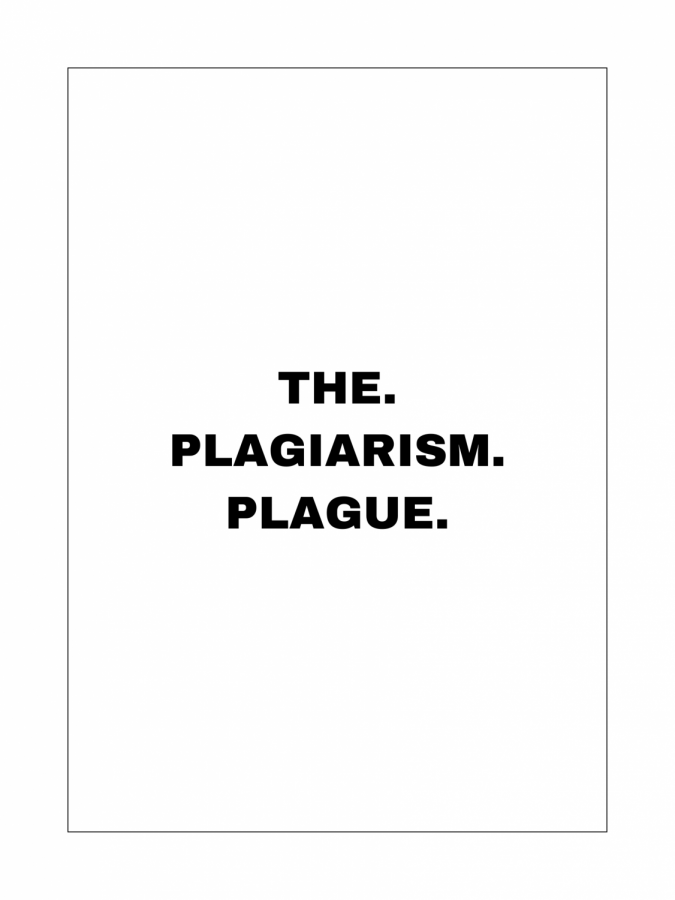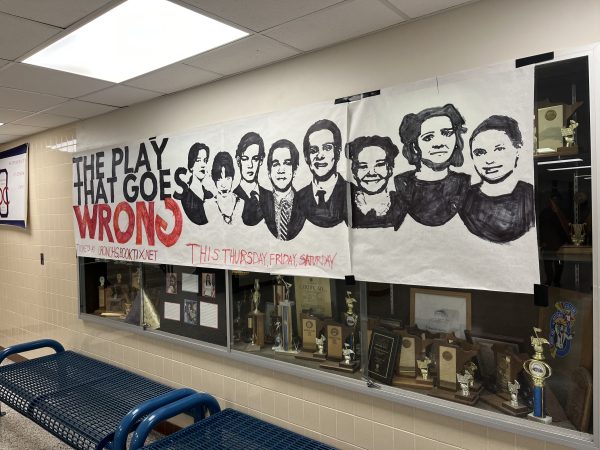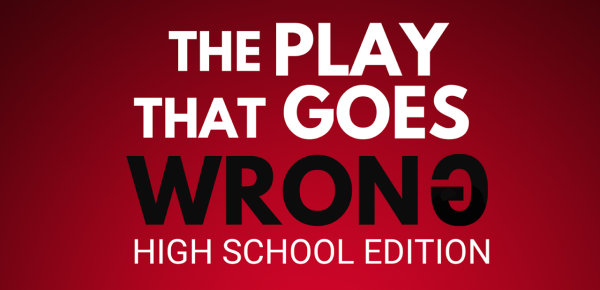The Plagiarism Plague
The Merriam-Webster online dictionary defines plagiarism as, “to steal and pass off (the ideas or words of another) as one’s own; use (another’s production) without crediting the source.” High school students have this definition engraved in their minds originating from middle school.
When asked about what Orono High School has said about a student’s future if they ever plagiarize, “you won’t get very far,” junior Charlie Konkol said.
According to the Journal of Education for Business, Troy A. Voelker , Leonard G. Love, Iryna Pentina talks about teens in their research paper “What don’t they know”. Plagiarism can be a crime of ignorance. However, it was found that student knowledge that anti-plagiarism tools (such as Turnitin) would be employed decreases the amount of plagiarism seen which suggests that students understand plagiarism but do it anyway.
“I think that 9 times out of 10 it comes from a place of either their panic or because they don’t know the material. And so they take somebody else’s answer, or they don’t know how to put their answer into words,” OHS English teacher, Kelsey Balon said.
“I personally am afraid to ask for extensions,” senior Lilly Reiner said.
Students will rarely ask for help or extensions simply because it is too scary to notify teachers that they do not understand the material that has been given to them.
According to the Center of Bioethics author Dominic A. Stitsi explains, students feel worried when they say that there is no time for them to complete assignments and it ends up relating to the student’s emotions of feeling unprepared and uninterested in the topic at hand.
The mindset surrounding plagiarism is a widespread problem that is also occurring internationally. According to Routledge, a Taylor and Francis group, Chester Chun Seng Kam, Ming Tak Hue, and Hoi Yan Cheung explain the attitudes in their paper about plagiarism within Chinese students. The study of academic plagiarism, it revealed three main attitudes regarding plagiarism, “condemnatory, differential, and noncondemnatory”.
Plagiarism is viewed as wrong, yet there is still an outstanding number of students who plagiarize school work. Orono High School uses a website designed to catch any acts of plagiarism whether it be intentional or unintentional. The website is called Turnitin, it is mostly used by English teachers.
Research associates Amanda Mphahlele and Sioux McKenna, for the University of Johannesburg South Africa, found information regarding Turnitin’s purpose, “Turnitin itself continues to promise academics more time to “focus on teaching, while the software takes care of plagiarism issue”.
“I do a lot of Google searching. I just like copying and pasting phrases to see if it will match up with other work. And then I’ll check with other teachers too, and be like, ‘hey, read this before? Does it seem familiar?’” Balon said.
A lot of time is taken away from teachers when they are grading work because of the constant checking for the use of plagiarism. Turnitin allows for teachers to use less time regarding the problems with plagiarism and replace that with more teaching opportunities.
Students will occasionally have access to turnitin.com, however, teachers will still see the use of plagiarism showing up in their work. Students’ accountability was tested during the hindered period of learning over the course of COVID-19.
“Rates of plagiarism definitely went up during the pandemic because the teachers weren’t there in the first few months,” junior Elie Engle said.

Hey! I'm Claire Hyrkas this is my second year on the Spartan Speaks and I am one of our Section Editors. In my freetime, I like to watch Marvel movies...











